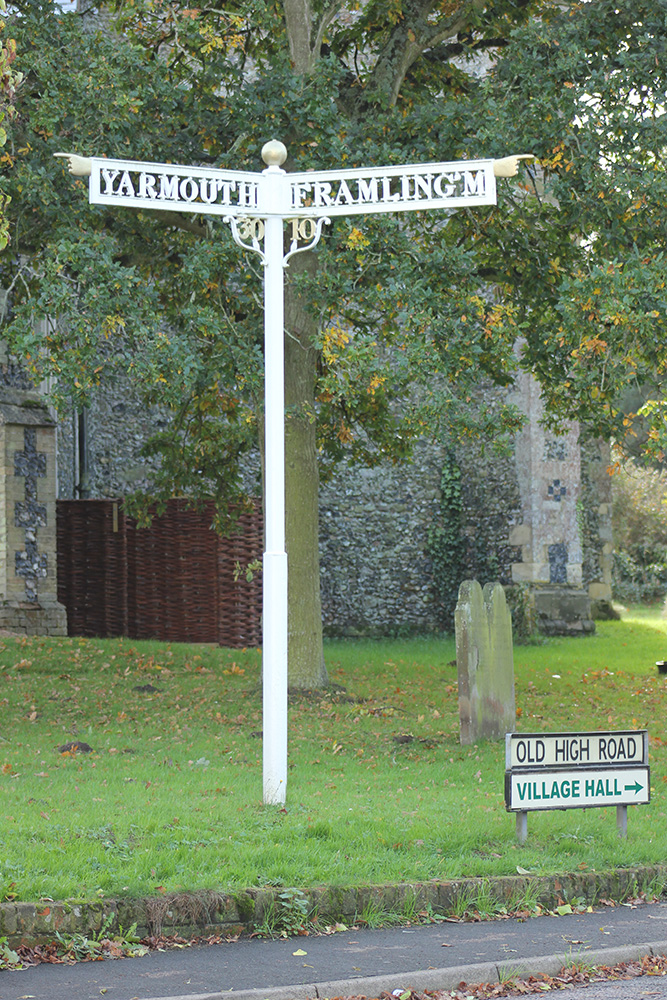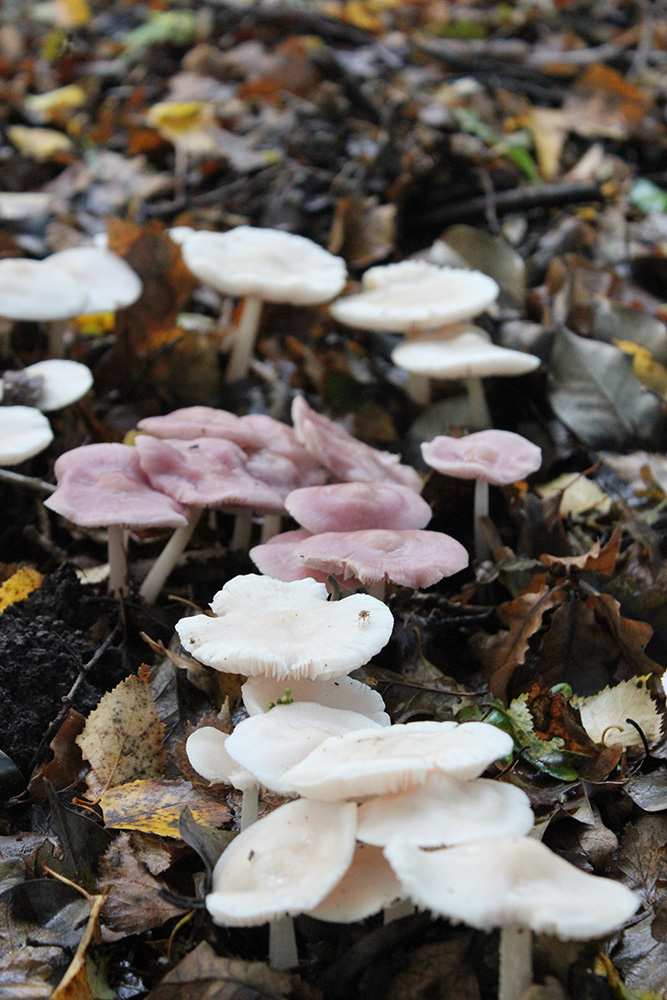... in the forest
I often go there, to those quiet places,
To rid myself of the ugly urgent things
That torture men.
Green turf amid silent trees and soft light airs
And a spring of running water in the grass,
They freshen a jaded mind, they give me back to myself
They make me abide in myself
For is there any man can live in town,
Harried and always at white heat with some fresh disturbance and racket,
And not be dragged outside himself,
Not waste his time on emptiness
No longer privy to his own thoughts?
Marbod de Rennes, 1035-1123
(Translated by Helen Waddell, 1927)
The weather forecast was fair when I tumbled out of bed on Sunday morning, and then as I sank my ivories into a slice of wholemeal and home-made marm, the sun broke though and the autumn colours in our little garden glowed. I felt strangely liberated as I set out on my little solo adventure with my bins and cheese sarnies a quest to catch some Red Deer Rutting Action. East Anglia is known for its landscapes and cloudscapes and the tumbling cumulus looked very fine as the sun continued to spotlight trees and fields and hedgerows dotted with hawthorn and rosehip red. I was heading east congratulating myself on the early start when the thunderclouds closed in and driving conditions deteriorated to fast-windscreen-wiper-mode.
I passed a sign ordering me to Diss Norwich, which seemed harsh and unnecessary.
I contemplated turning back then argued that the East doesn’t have a high rainfall even if it is known for the intensity of its rain. And anyway the forecast
had suggested that the coast would be rain free at least until lunchtime.
By the time I’d left the billowing chimneys of the Bury St Edmonds sugar beet factory behind me, turned off the A14 and joined the tourist route at Stowmarket, patches of blue sky were showing again. The rain-washed countryside looked lovelier than ever. Ploughed fields were sprouting rich green and black silhouettes showed where crows patrolled. I found myself noting that some of my patients shared surnames with village names I passed, and here too was a surfeit of place names with
ing in the middle or end, meaning the people or family of an Anglo-Saxon chieftain: Dennington, Badingham and Framlingham.
I paused at the fine loo-with-a-view at Saxtead Green with its impressive windmill, and photographed it. My idea is to find interesting loos to add to a collection I’m posting on the
How to Shit Around the World facebook page. I don’t care if people find my enthusiasms odd.
.JPG?width=600&height=447)
Then it was on along the Roman Road past an assortment of pink cottages (traditionally the colour came from ox’s blood) through Yoxford and on along mysterious winding lanes with hedgerows so high that they formed green tunnels to drive through.

I’d imagined that the RSPB reserve at Minsmere would be open and watery but there are also areas of mature silver birch forest. It wasn’t easy to see far and I rapidly decided I’d be unlikely to see any of the testosterone-fired battles of the Red Deer Rut. Deer in most places are extraordinarily shy so I satisfied myself with enjoying the antics of various birds including a nuthatch. They’re so attractive with admirable athleticism.
Then, on a slight rise, I spotted the russet rump of a large deer. She was head-down, grazing and appeared to be alone. A dog barked. The hind’s head came up and she was gone. I tuned into gunfire too, and wondered who was shooting what. No wonder the wildlife was nervous.
I continued. Only a few metres further on I registered movement and realised I was close to a herd. One of the hinds raised her head to show an elegant profile. She turned ears then head towards me and I could see her nostrils working. I was downwind and my profile was mostly hidden behind a conifer. The herd was females and youngsters, moving purposefully at right angles to where I was standing. Might they be looking for the stags? I heard a characteristic bellow. They moved on towards the sound. I tried to keep track of where the hinds were moving to hoping they’d lead me to a battling pair of stags. I kept them in sight with my bins for a while. But they curved around and crossed into a part of the reserve protected by fierce Keep Out notices. There was another tantalising bellow.
The ground was squelchy. I found a broken down ‘pill box’ – remnant of the war and one of our line of defences against German invasion – and sat to soak up the tranquillity. Birds twittered all around me. I luxuriated in the isolation and peace, and my cheese sarnies.
By the time I’d left the reserve, I’d got good views of herds of hinds six times and had seen tens of these magnificent animals. The last herd even had an attendant stag. Perhaps he’s already won his battles. I felt smug. I’d walked by lots of folk on brisk walks with friends having loud conversations or with yappy dogs. I was sure most were unaware of the beauty I’d seen.
